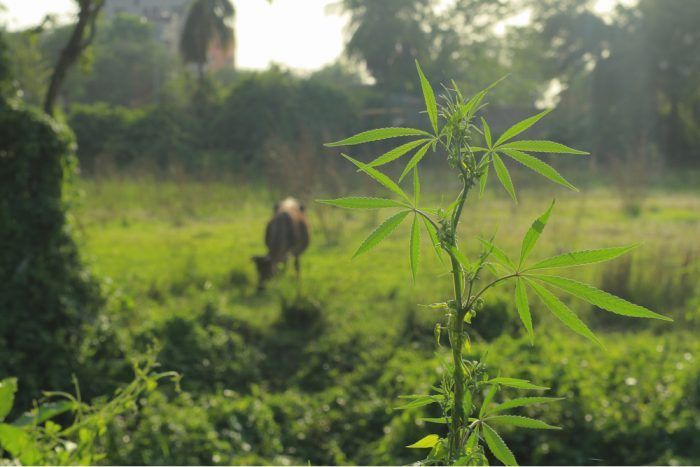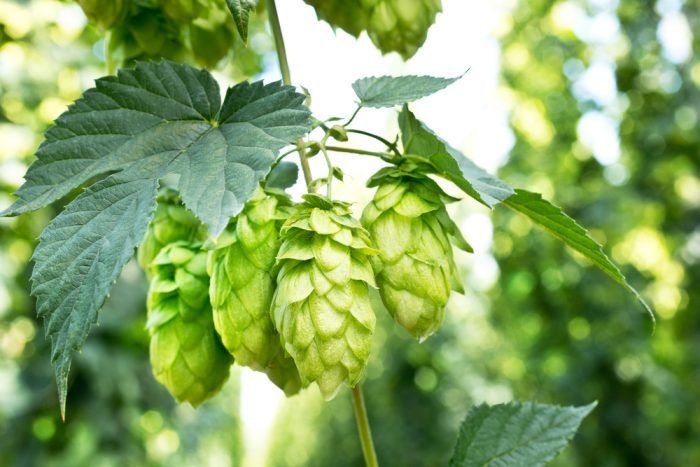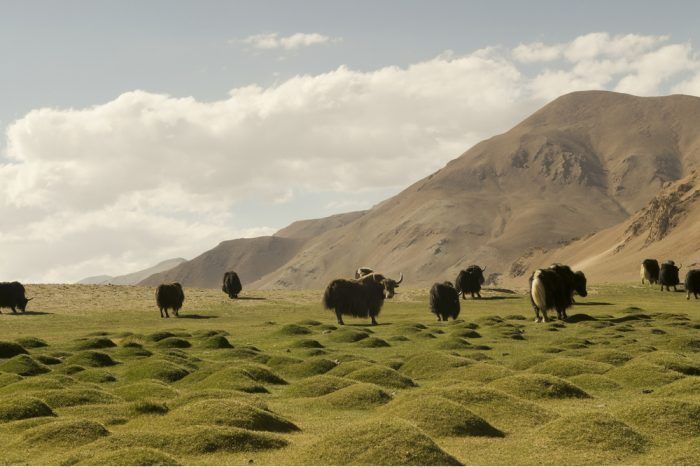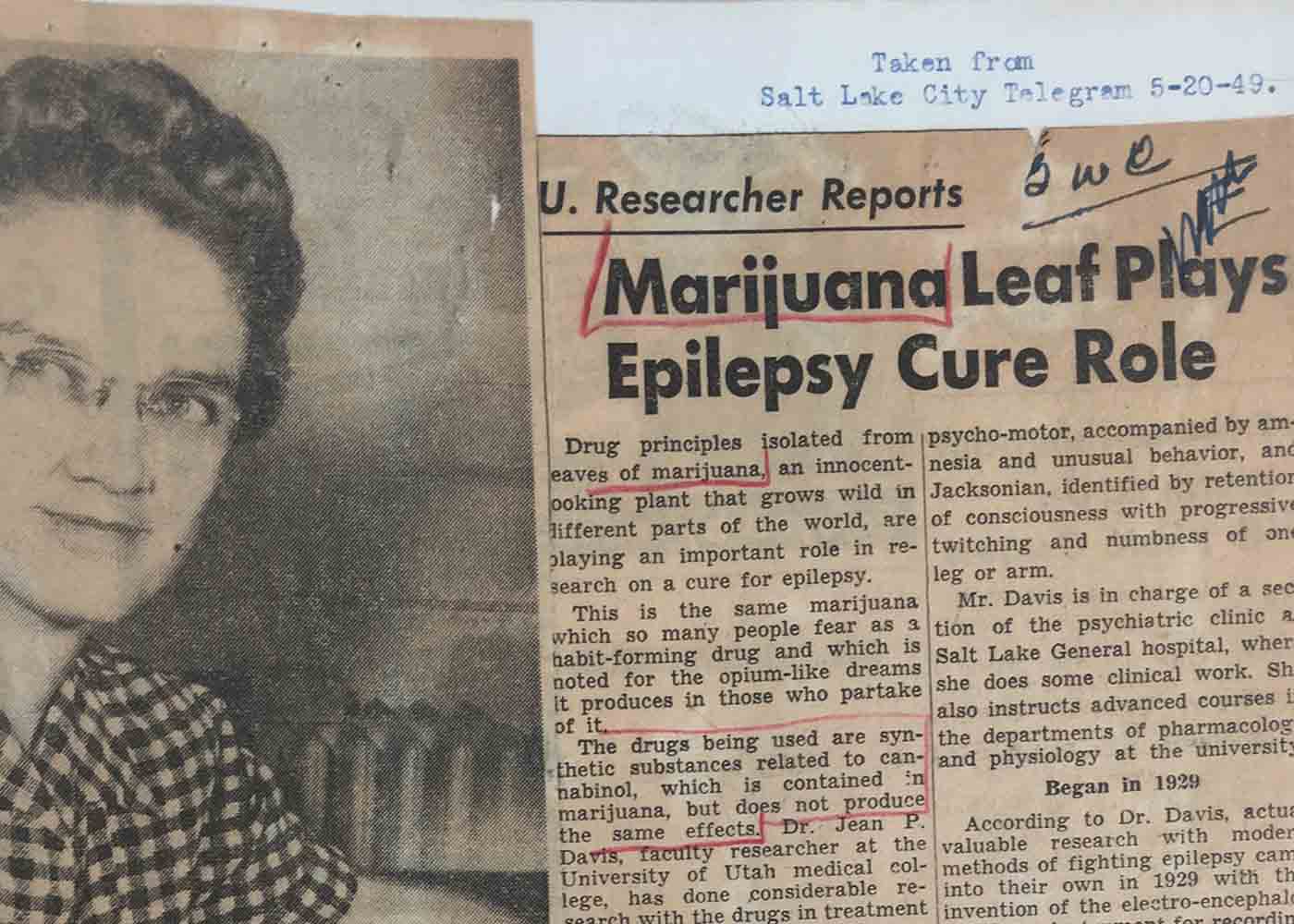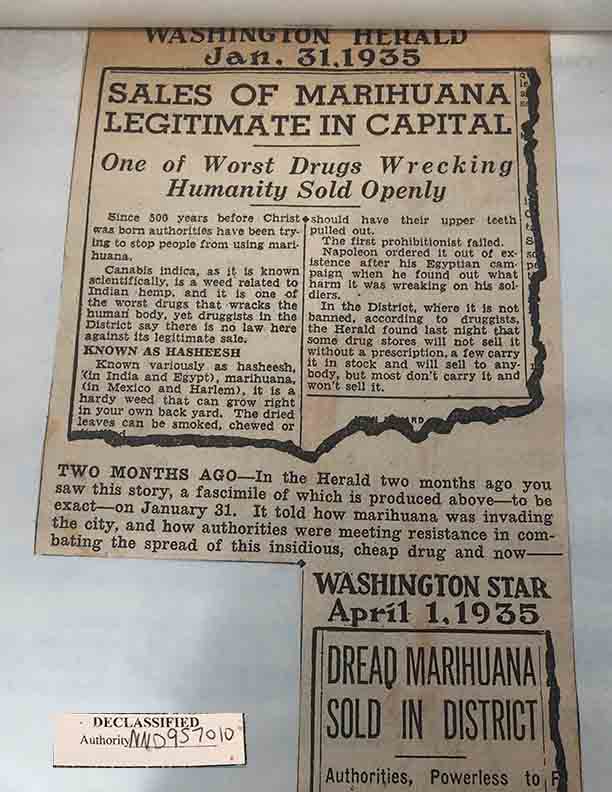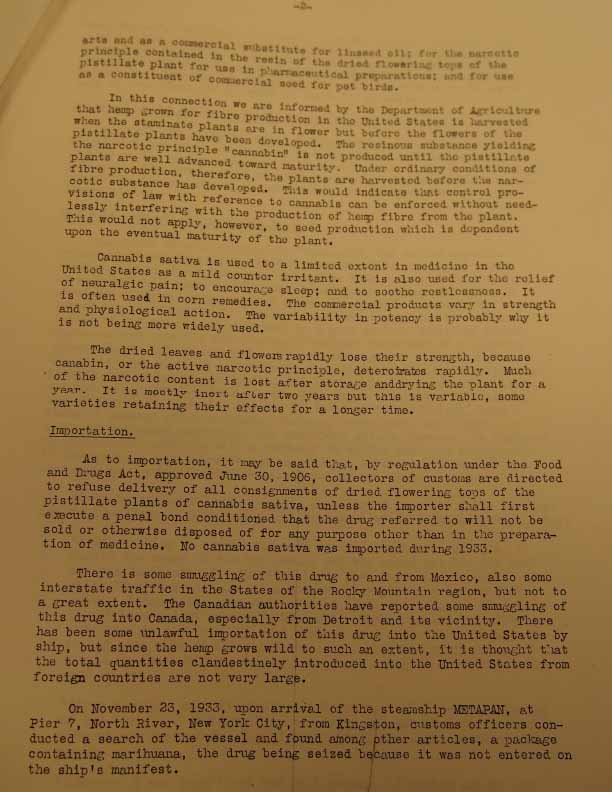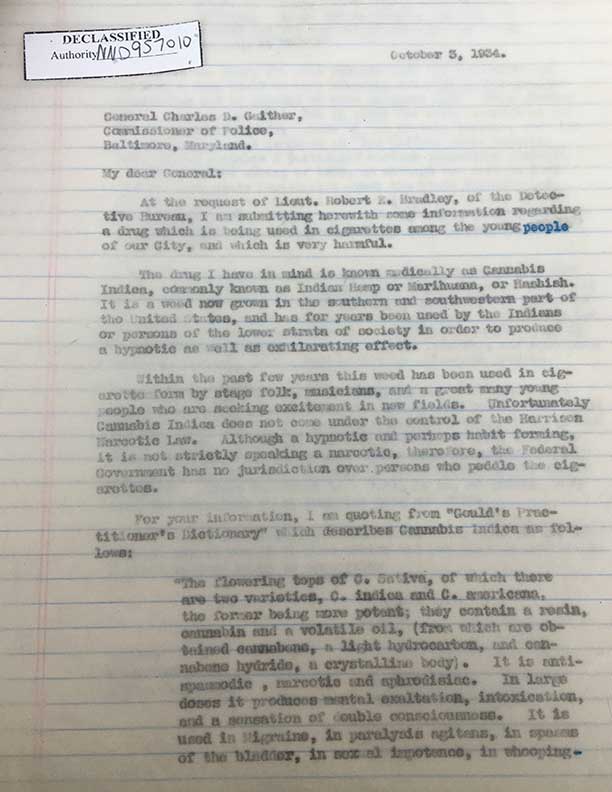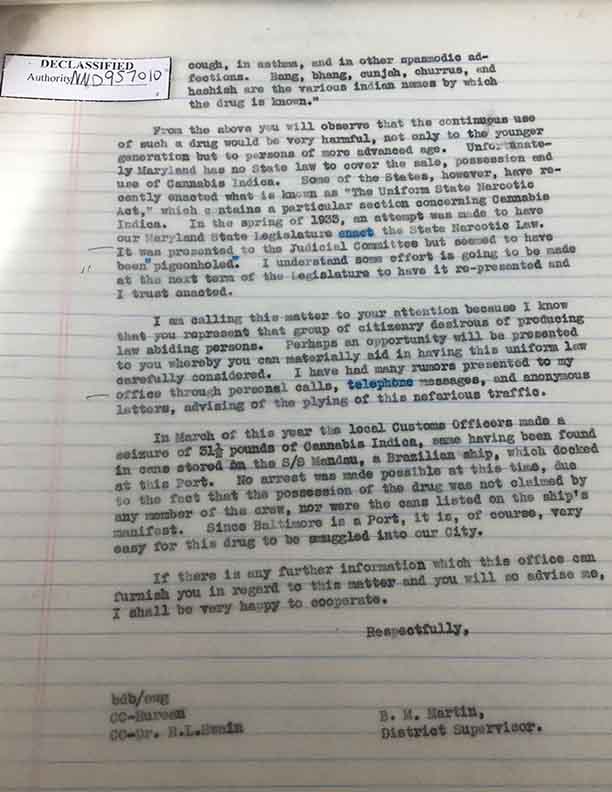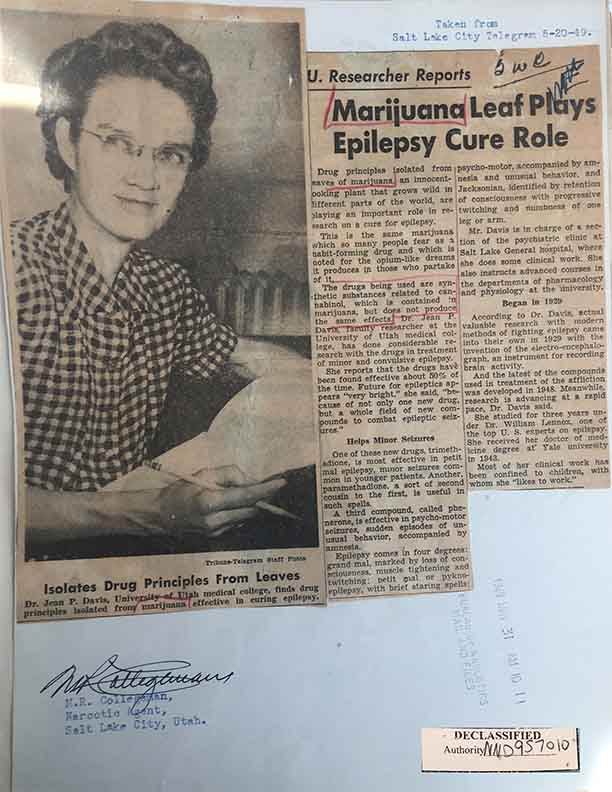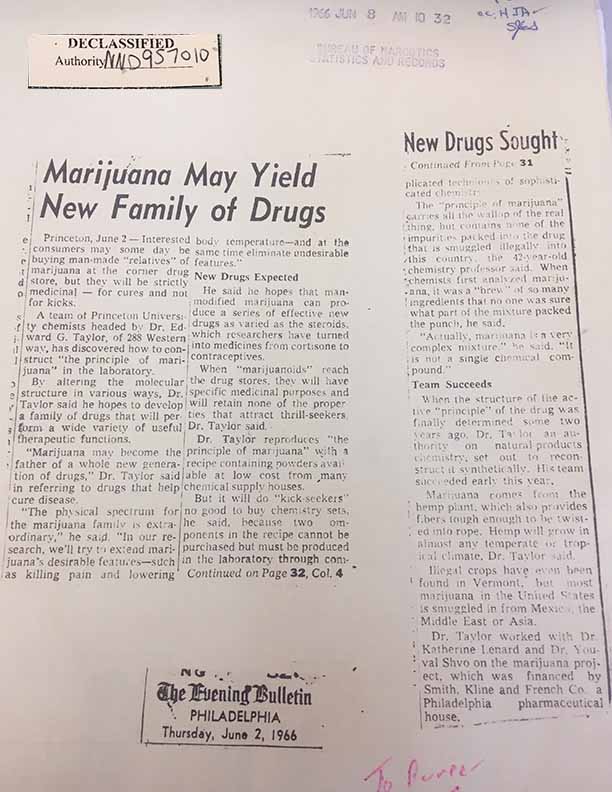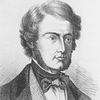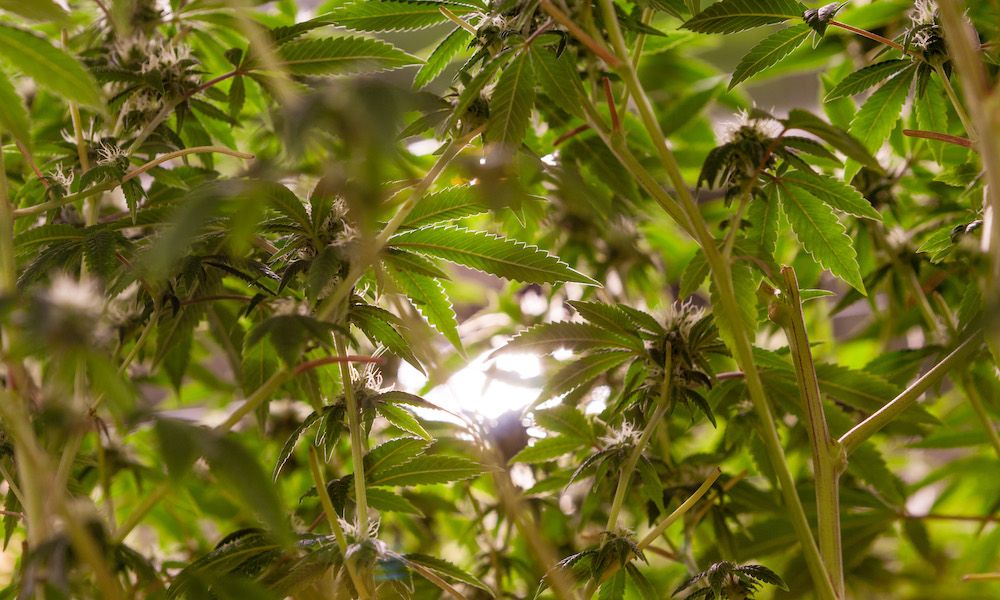NEARLY CENTURY OLD RESEARCH PROVES CANNABIS’ EFFECTIVENESS IN BATTLING EPILEPSY, MIGRAINES, ASTHMA, SPASMS…
A look inside 70-year old research and how the FDA should respond
Over the past two decades, since California legalized medical marijuana cannabis in 1996, the United States Food and Drug Administration (FDA) has had the chance to monitor the use of Cannabis and its effects on human health. Though still federally illegal, the FDA claims to not take a stance for or against the plant, because it is out of their jurisdiction (since it’s a federally controlled Schedule I Narcotic). But in 2014, with the passage of the 2014 Farm Bill, which federally legalized hemp for commercial research purposes, the floodgates opened for hemp-derived CBD, forcing the FDA to take notice.
Though still wishy-washy on the subject, the FDA took little regulatory action besides dropping a few warning letters on an industry giant and a couple medium-sized companies, mostly for medical claims and adulterated products.
After the 2018 Farm passed on December 20th, 2018, while the world was celebrating the long-awaited legalization of a 27.8 million year old plant, the FDA released a statement saying CBD was not an approved dietary supplement and the only legal hemp products were hempseed oil, hemp protein and hemp hearts which had officially received GRAS status (Generally Recognized As Safe).
Did that stop the hemp/CBD/cannabis train? Hell no. It carried on while the FDA continued to skirt around the industry, saying nothing regarding the outstanding medical claims across the high-THC medical cannabis market, and cracking down very little against the federally legal CBD and hemp market.
More warning letters were sent to a few bad actors (thankfully) and a public comment session was held, including a public hearing, where the FDA heard from the industry about its use. Now, the FDA sits on their hands as they shuffle through, some scientific, but mostly, anecdotal evidence relating to the cannabis plant.
Is cannabis deserving of sitting next to heroin as the most dangerous plant in the world? Absolutely not.
The gold rush mentality in a grey market has fostered bad actors over good, but even with all the bad actors, we have experienced few quantifiable negative effects of cannabis products.
And the negative impacts pale in comparison to other legal and non-legal drugs, many of which are in the FDA’s direct control as pharmaceuticals.
WHEN AND HOW WILL THE FDA REGULATE CBD?
The FDA likely can’t make a decision on hemp-derived CBD (and definitely not cannabis) regulation on its own given the “lack of evidence” that is available, so it will need to rely on Congressional support to pass a law for the FDA to enforce.
But since there seems to be a lack of current scientific evidence, let’s look back at what history tells us, beyond fear mongering as the most dangerous drug on earth…
CANNABIS: THE STRATEGICALLY FORGOTTEN MEDICINE?
Today, we are at a crossroads in health that directly relates to the prohibition of cannabis. Used for millennia, since before mankind (carbon dating between 19 million and 28 million years ago), cannabis is a plant that naturally evolved with humanity. It’s uses date back centuries, with research buried under propaganda, fear and bureaucratic stalemate.
Historically, we used the plant as a therapeutic remedy but as modern medicine shifted towards isolating compounds for precision medicine, our focus on cannabis disappeared due to the difficulty reducing variability of the harvested material as well as isolating the cannabinoid compounds.
The Harry Truman Museum and Library maintains a document in Harry Anslinger’s archives called
Bavarian Hashish. This article published by Walther Straub at the Station for Technical and Officinal Plants, Limited of Happing, Rosenheim in Germany stated the group of researchers, “found it possible not only to breed Indian hemp, the source of hashish, but to obtain a product of such apparently high quality that it can be used to replace the foreign drug for medicinal purposes. The alcohol-extractive content of the drug could be brought up to 18-20 per cent.” In this study, the researchers created a cannabis extract, formed them into tablets it and gave it to test subjects. The test subjects then wrote about their experiences.
It is nearly impossible to know the concentration of specific cannabinoids, however from the writings you can understand that the individual likely took a heavy dose, for the first time ever. He writes of his experiences, but they are not dangerous or violent. He writes of lack of comfortability at times, but also laughter, joy, desire for communication, hunger and other emotions. What is important is after the effects of the drug wore off, the individual was “somewhat tired, but was able to work.” That evening he “slept well,” and the next morning he “did not have the slightest after effect.”
While we didn’t know the differences between cannabinoids back then, the only thing that has changed is the concentration of the floral material. However, when extracting cannabinoids similar to the manner in which the study described, the cannabinoids are concentrated to higher levels, meaning the safety of the material may be on par with what is described in the study.
In the same archival documents of the Harry Truman Museum and Library, there is another document of record published by the League of Nations in 1934. This publication explains the use of cannabis sativa. The publication states:
Cannabis sativa is used to a limited extent in medicine in the United States as a mild counter irritant. It is also used for the relief of neuralgic pain; to encourage sleep; and to soothe restlessness. It is often used in corn remedies. Their commercial products vary in strength and physiological action. The variability in potency is probably why it is not being more widely used.
This publication clearly states the use of cannabis for both medical purposes and every day health maintenance. In addition, it points to the one flaw of cannabis – it’s variability.
However, in this same article it describes how cannabis used for these purposes was collected across river banks. Today, like modern day agricultural, cannabis crop production, whether for low or high THC resin is precision agriculture, creating reductions in variability.
In addition, as restrictions loosen on the crop, this variability will continue to reduce over time, providing improved therapeutics, food, feeds and fiber applications.
In addition, in October of 1934 District Supervisor B.M. Martin writes to General Charles Gaither from the Commissioner of Police in Baltimore, Maryland. In this report Martin quotes “Gould’s Practitioner’s Dictionary” which describes
Cannabis indica (Cannabis sativa) as follows:
The flowering tops of C. sativa, of which there are two varieties, C. indica and C. americana, the former being more potent; they contain a resin, cannabin and a volatile oil, (from which are obtained cannabene, a light hydrocarbon, and cannabene hydride, a crystalline body). It is anti-spasmodic, narcotic and aphrodisiac. In large doses it produces mental exhalation, intoxication, and a sensation of double consciousness. It is used in Migraine, in paralysis agitans, in spasms of the bladder, in sexual impotence, in whooping cough, in asthma, and in other spasmodic adfections…
By 1934 we clearly knew the medical and therapeutic of cannabis; but what we didn’t know was how it worked in the body and what compounds caused what instances – something we now understand, and whose uses we continue to uncover as our society develops, just like with any food, supplement or pharmaceutical.
It is important to note, that in this letter, B.M. Martin writes of the Practitioner’s beliefs on the benefits of cannabis – of which there are many positive attributes. The only negative aspects mentioned are that it is a narcotic (which in reality the only difference between a narcotic and a drug is its Scheduling on the Controlled Substances Act) and that it produces intoxication and a sense double consciousness – something that both alcohol and serious meditation can create.
Yet, even with these benefits B.M writes of “how continuous use of such a drug would be very harmful.” Considering B.M Martin is a law enforcement supervisor who is writing to the Commissioner of Police, the only logic reasoning as to why Martin would claim it’s harmfulness after reading so many positive attributes is simply because the writings label Cannabis as a “narcotic,” of which, at the time, Uniform Narcotic Laws were being implemented nationwide to control narcotic trade, with states having the ability to opt-in to include Cannabis control.
This Uniform Narcotics Act of 1934 provided the first definition for Cannabis in law and a definition that carried through, nearly verbatim, to the Controlled Substances of 1970, with slight changes occurring in the Marihuana Tax Act of 1937 – which changed the word Cannabis to Marihuana
. Dum dum dum!
By the 1940s, everyone was calling Cannabis, marijuana and, mostly in part to painstaking registration and licensing requirements of practitioners, farmers, processors and distributors, the use of Cannabis oil as a therapeutic and medicine began to disappear.
However, not all scientists had given up, as Roger Adams began to extract cannabinoids like THC and CBD from Cannabis throughout the 1940s. By 1949, Dr. Jean P. Davis of the University of Utah medical college discovered that the “drug principles isolated from the leaves of marijuana… are play an important role in research on a cure for epilepsy.”
She reported, “the drugs being used are synthetic substances related to cannabinol, which is contained in marijuana, but does not produce the same effect.” She also reported that “drugs have been found effective about 50% of the time” and that the future for epileptics was “very bright because of not only one new drug, but a whole field of new compounds to combat epileptic seizures.” As a student she studied for three years under Dr. William Lennox (similar to Lennox disease – the same epileptic disease Epidiolex was approved for over 65 years after Dr. Davis achieved this medical breakthrough).
By June 1966, scientists were still investigating the crops useful attributes in medicine, including under Dr. Edward G. Taylor at Princeton University. The Evening Bulletin from Philadelphia report “Marijuana May Yield New Family of Drugs.” In the article Dr. Taylor had discovered how to construct “the principle in marijuana in a laboratory.” With this research Dr. Taylor believed “marijuana may become the father of a whole new generation of drugs [that can help cure diseases].” He continues to explain, “In our research, we’ll try to extend marijuana’s desirable features – such as killing pain and lowering body temperature – and at the same time eliminate undesirable features.” Dr. Taylor was right. This research is here. And it is called low-THC resin cannabis, also known as hemp.
SO WHAT NOW?
There is clear evidence that plentiful research exists that cannabis in its entirety was used as a therapeutic and medicine prior to the 2011 Investigational New Drug Application for Cannabidiol, prior to the 1994 Dietary Supplements Health and Education Act, and prior to the 1958 Food Additives Amendment. In fact, we can also argue that these products were on the shelves prior to the Food and Drug Administration’s existence under the Pure Food and Drug Act of 1906.
Now it is time to let this plant shine. The DEA needs to release the handcuffs because prohibition is nothing but waste and the FDA needs to step up to the plate and do its job protecting public health by safely regulating this plant for the world’s benefit.
Yup. The cat is out of the bag.




